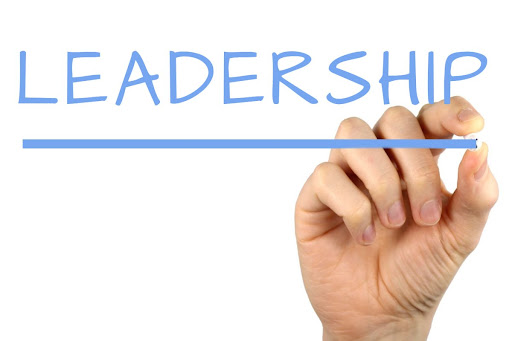In the hustle and bustle of everyday life, it’s easy to get caught up in demands and responsibilities surrounding us. As I’ve journeyed through my own life experiences, I’ve come to realize the importance of self-care and power of meditation.
Taking the time to prioritize my well-being and cultivating a regular meditation practice has been nothing short of life-changing. Here are some insights I’d like to share with you about embracing self-care and the art of meditation.
Self-Care
First, self-care is about acknowledging and honoring your own needs. It’s not selfish; it’s an act of self-love and preservation. Begin by carving out dedicated time for self-care activities that resonate with you. It could be as simple as taking a warm bath, reading a good book, or taking a walk in nature.
Whatever it may be, the key is to make it a regular practice. This ensures it becomes a non-negotiable part of your daily routine.
Meditation
Meditation is an incredible tool for finding stillness amidst the chaos and noise of the outside world. It doesn’t have to be complicated or time-consuming. Start by setting aside just a few minutes each day to sit quietly, focusing on your breath.
Allow yourself to observe your thoughts without judgment, letting them come and go like passing clouds. Gradually increase the duration of your practice as you feel comfortable. Through regular meditation, you’ll experience a profound sense of calm, clarity, and inner peace.
Physical Well-Being
One aspect of self-care that often gets overlooked is nurturing your physical body. Engaging in activities that promote physical well-being is an integral part of self-care. Whether it’s practicing yoga, going for a run, or dancing to your favorite music. You need to find an exercise routine that brings you joy and makes you feel alive.
Additionally, pay attention to your nutritional needs. Fuel your body with nourishing foods that provide energy and support overall health. Remember to stay hydrated, get enough sleep, and listen to what your body is telling you it needs.
Connections
Another powerful self-care practice is cultivating meaningful connections and setting healthy boundaries. Surround yourself with individuals who uplift and inspire you, and who truly care about your well-being. Learn to say no when necessary and honor your own limits.
Setting boundaries allows you to preserve your energy and protect your mental and emotional health. Prioritize activities and relationships that bring you joy and fulfillment. Also, remember to gracefully let go of those people that no longer serve your growth and happiness.
I’ve discovered that self-care and meditation are not merely acts of indulgence but components of a fulfilling and balanced life. They provide the foundation for personal growth, inner peace, and resilience in the face of life’s challenges. Embracing self-care and making space for meditation allows us to tap into our true selves. It nurtures our mind, body, and soul, to live authentically happy lives.
So, I invite you to embark on this beautiful journey of self-care and meditation. Start small, be gentle with yourself, and be open to the transformation that awaits. Prioritize your well-being, and watch as your inner light shines brighter, radiating love, peace, and harmony into the world. Remember, you deserve every moment of self-care and the deep nourishment it brings
For more living well, tips check out: KathyHusserTempe.com



